You can stand at the top of the Burj Khalifa, glass stretching below you, and feel like you’re floating above the world. Then, ten minutes later, you’re haggling for saffron in a narrow alley where the air smells like cardamom coffee and sea salt. That’s Dubai-not just a city of skyscrapers, but a place where history breathes right beside the future. This isn’t a theme park. It’s real. And it’s alive.
What Makes Dubai’s Blend So Unique?
Most cities pick a side: either they cling to tradition or they race toward the future. Dubai? It does both-without apology. You’ll find a 200-year-old windtower house right across from a building that uses AI to adjust its glass tint based on the sun’s angle. There’s no tension here. No forced contrast. Just harmony.
Why does this matter? Because it means you don’t have to choose. You don’t have to skip the souks to see the Palm Jumeirah. You don’t have to pick between a camel ride and a VR rollercoaster. You get both. And that’s rare. In other places, heritage feels preserved like a museum piece. In Dubai, it’s lived in. Used. Loved. The same people who sell gold in Deira might be the ones who built the Dubai Frame. That’s not tourism. That’s culture.
Where to Find the Old Side of Dubai
Start at Dubai Creek. It’s not just water-it’s the city’s original spine. Back in the 1900s, this was where pearlers docked, traders unloaded spices, and families lived in coral-stone houses. Today, you can still take an abra-a wooden boat-for just 1 AED (about $0.27). It’s the cheapest, most authentic way to cross from Bur Dubai to Deira.
Walk into the Al Fahidi Historical Neighborhood. The windcatchers on the rooftops still pull cool air down into rooms. The narrow alleys? They’re not just for photos. Locals still live here. You’ll see grandmothers brewing tea on small stoves, kids playing football between restored houses, and tiny art studios run by Emirati artists.
Don’t miss the Dubai Museum, tucked inside the 1787 Al Fahidi Fort. It’s not flashy. No holograms. Just dioramas of pearl diving, Bedouin life, and traditional fishing boats. The sound of waves and the smell of dried fish? That’s the real thing. No filter.
Where the New Dubai Shines
Now, head to Downtown Dubai. The Burj Khalifa isn’t just tall-it’s a statement. At 828 meters, it’s not just the tallest building in the world. It’s the tallest thing humans have ever built. And the view from the 124th floor? You’ll see the desert meeting the sea, with the Dubai Mall stretching below like a glittering runway.
Just below it, the Dubai Fountain puts on a show every 30 minutes. Water jets shoot 150 meters high, synced to Arabic and Western music. It’s not just a fountain. It’s theater. And it’s free.
Then there’s the Museum of the Future. Glass curves like a sci-fi spaceship, covered in Arabic calligraphy that glows at night. Inside? You don’t just look at exhibits-you step into them. A room that simulates walking on Mars. A digital garden that changes based on your heartbeat. This isn’t just tech. It’s imagination made real.
How the Old and New Connect
Here’s the secret: the modern marvels didn’t erase the past. They built on it.
The Dubai Frame? It’s a giant picture frame that shows you Old Dubai on one side and New Dubai on the other. But here’s the twist-you stand in the middle. You’re the connection.
The Dubai Mall? It’s the world’s largest shopping center. But walk to the end, past the aquarium and the ice rink, and you’ll find a section dedicated to traditional Emirati crafts. Silk scarves, silver daggers, oud incense. Same building. Same day. Same person buying both a Rolex and a handwoven rug.
Even the city’s skyline tells the story. The Burj Al Arab? It’s shaped like a sail. Not because it looks cool-but because Dubai’s identity was built on the sea. The old pearlers and traders? They’re the reason the modern city exists.

What You’ll Experience in One Day
Here’s how a perfect day looks:
- Start at 7 AM in Al Seef-a waterfront district built to look like old Dubai, but with cafes serving matcha lattes and avocado toast.
- Take an abra across Dubai Creek at 9 AM. Watch fishermen mend nets while tourists snap selfies.
- Explore the Gold Souk by 11 AM. Don’t just look-ask for a price. Haggling is part of the ritual. You’ll get a better deal if you smile.
- Head to the Dubai Museum by 1 PM. It’s air-conditioned. Perfect after walking the souk.
- At 4 PM, sip Arabic coffee at a rooftop café in Bur Dubai. Look out at the creek. Then look up-at the Burj Khalifa, just 10 minutes away.
- At sunset, walk the Dubai Fountain boardwalk. Feel the mist. Listen to the music. Watch the water dance.
- Dinner? Try Al Fanar Restaurant. It’s built like a traditional Emirati house. The food? Slow-cooked lamb with cardamom rice. No fusion. No gimmicks. Just flavor.
You didn’t jump between two cities. You walked through one-layered, rich, and real.
What Most Tourists Miss
Most people rush. They see the Burj Khalifa. They take a photo at the Dubai Mall. They leave. But the magic isn’t in the landmarks. It’s in the in-between.
That old man selling dates near the spice souk? He’s been there for 40 years. Ask him what changed. He’ll say, “The boats got bigger. The buildings got higher. But the smell of cardamom? Still the same.”
Or the woman who runs the tiny tea stall near the Dubai Frame. She doesn’t speak English. But she’ll pour you a cup anyway. No price. Just a nod. That’s Dubai hospitality-not a marketing slogan. It’s a habit.
And the children playing football near the desert edge? They wear Nike cleats and listen to Arabic rap. Their parents? They grew up in tents. That’s not contradiction. That’s evolution.
When to Visit and How to Plan
Best time? November to March. The heat drops from 45°C to a comfortable 25°C. The air smells cleaner. The sky is blue. And the crowds? Still there-but not overwhelming.
Plan this: book a morning in Old Dubai, an afternoon in New Dubai. Don’t try to cram it all into one day. You’ll miss the quiet moments. The ones that stick with you.
Use the Dubai Metro. It’s clean, cheap, and connects the key spots. Take the Red Line to Burj Khalifa/Dubai Mall. Take the Green Line to Al Fahidi. Easy.
And skip the guided tours that say “Dubai in 6 Hours.” You don’t need a guide to see the Burj Khalifa. You need time to feel it.
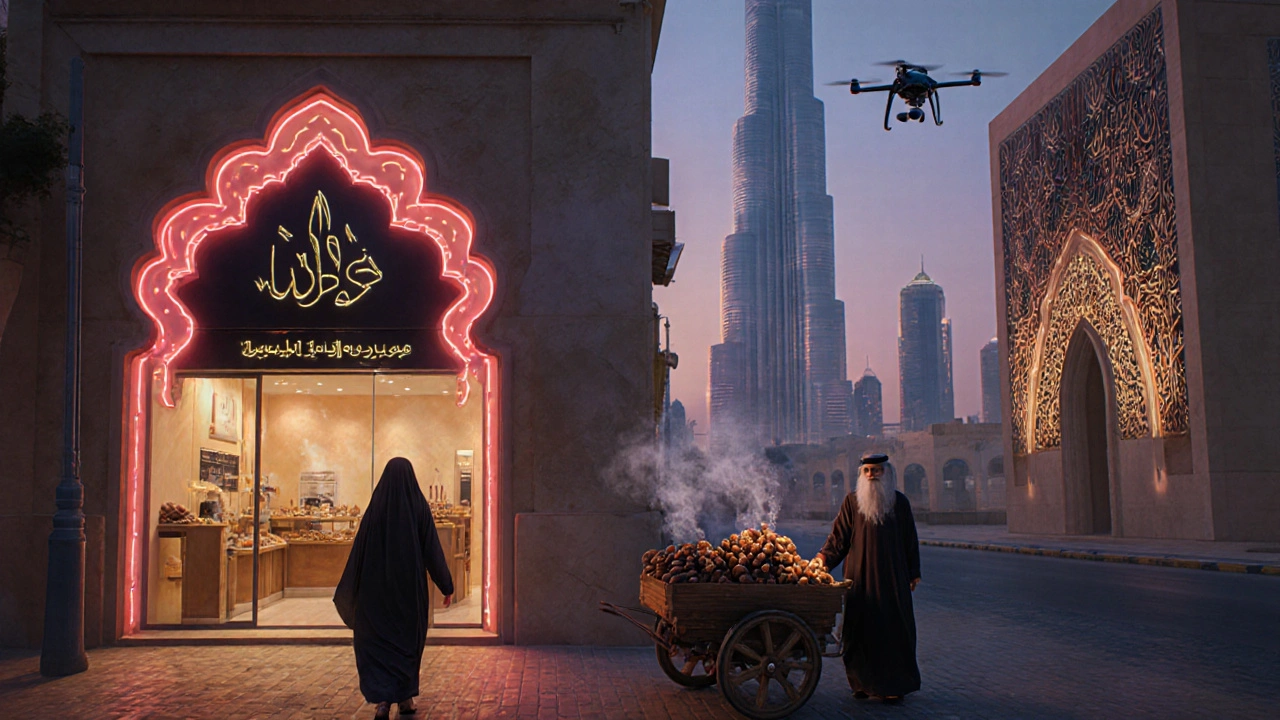
Comparison: Old Dubai vs. New Dubai
| Aspect | Old Dubai | New Dubai |
|---|---|---|
| Architecture | Windcatchers, coral-stone houses, narrow alleys | Skyscrapers, curved glass, futuristic designs |
| Transport | Abra boats, walking, rickshaws | Dubai Metro, taxis, monorail |
| Commerce | Souks (spices, gold, textiles) | Malls (Dubai Mall, Mall of the Emirates) |
| Atmosphere | Slower, sensory, community-driven | Fast, high-tech, global |
| Food | Traditional Emirati: machboos, luqaimat | International: sushi, vegan burgers, fine dining |
| Key Spot | Dubai Creek, Al Fahidi, Gold Souk | Burj Khalifa, Museum of the Future, Palm Jumeirah |
Frequently Asked Questions
Is Dubai safe for tourists?
Yes. Dubai is one of the safest cities in the world for tourists. Crime rates are extremely low. Locals are generally welcoming, and the city is well-policed. Just respect local customs-dress modestly in religious sites, avoid public displays of affection, and don’t take photos of people without asking. Other than that, you’re fine.
Can I visit both Old and New Dubai in one day?
You can, but you won’t truly experience either. Old Dubai rewards slow walking and quiet moments. New Dubai dazzles with scale and spectacle. Rushing through both means you’ll miss the soul of each. Spend at least one full day on each side. You’ll remember it longer.
Do I need to speak Arabic to get around?
No. English is spoken everywhere-by shopkeepers, taxi drivers, hotel staff, and even street vendors. Signs are in both Arabic and English. But learning a few words-like “shukran” (thank you) or “kifak?” (how are you?)-goes a long way. People notice.
What’s the best free attraction in Dubai?
The Dubai Fountain. It’s free, it’s spectacular, and it happens every 30 minutes from 6 PM to 11 PM. Bring a bottle of water, find a spot on the boardwalk, and just watch. No ticket. No line. Just pure wonder.
Are the souks tourist traps?
Some stalls are. But the souks themselves? Not at all. The Gold Souk, Spice Souk, and Textile Souk are real markets where locals shop too. The trick? Don’t buy the first thing you see. Ask for a price. Walk away. Come back. Most vendors will lower it. It’s part of the culture. And if you’re not buying? That’s okay too. Just browse. That’s what the locals do.
Final Thought: You Don’t Just Visit Dubai. You Feel It.
You won’t find another city like this. Not in the world. Not even close. It doesn’t try to be Paris. It doesn’t pretend to be Tokyo. It’s Dubai. And it’s okay with that.
Go there not to check off landmarks. Go there to feel the contrast. To taste the cardamom after a glass of champagne. To hear the call to prayer echo under a drone flying past the Burj Khalifa. To realize that progress doesn’t have to erase history. It can carry it forward.
That’s the blend. That’s the magic. And it’s waiting for you.


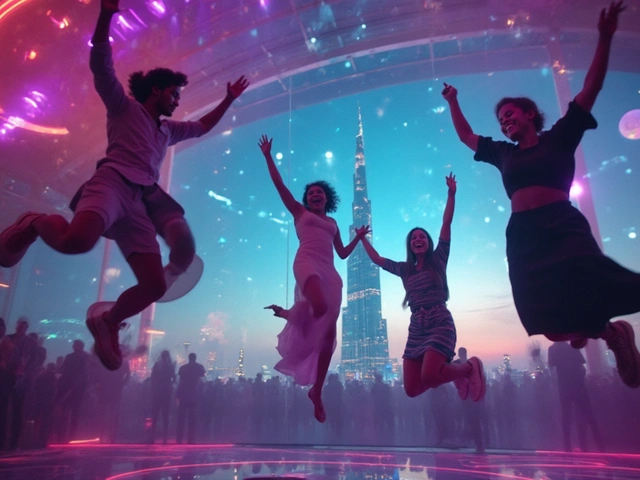

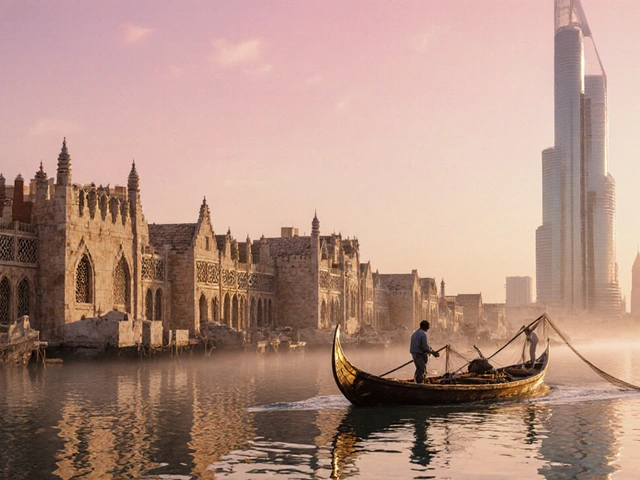
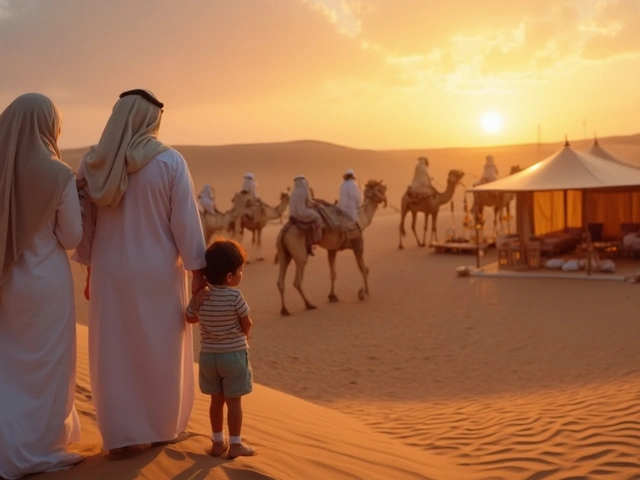
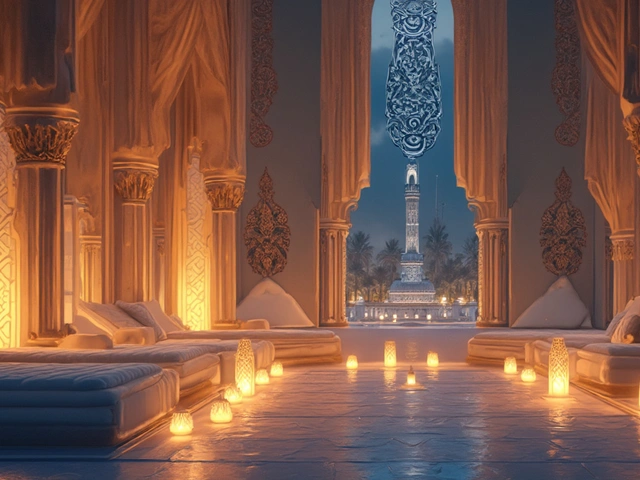

Ibrahim Ibn Dawood
November 3, 2025 AT 18:34Dubai is not a blend-it’s a performance. The old is curated, the new is commodified. This isn’t culture-it’s branding with a side of haggling.
Mia Peronilla
November 5, 2025 AT 10:05i just… i don’t know. like, the way the windcatchers still work but the burj khalifa has ai glass? it’s like the city is whispering to itself in two languages. i cried at the fountain. not because it was pretty. because it felt like the desert remembered how to dance. 🥺
lady october
November 7, 2025 AT 07:02Let’s be real-the ‘old Dubai’ is a film set. The abra ride? Paid actors pretending to fish. The ‘grandmas brewing tea’? Probably hired by the tourism board. And the Museum of the Future? A government PR stunt to distract from labor conditions. 🤔👁️
Saul Stucchi
November 9, 2025 AT 04:29I just spent three weeks wandering Dubai, and I swear-I’ve never felt so quietly seen. The man who handed me a date without asking for money? The woman who smiled when I mispronounced ‘shukran’? That’s not tourism. That’s humanity. And it’s real. Thank you for writing this.
Chase D
November 9, 2025 AT 06:14Okay but what if the ‘blend’ is just a distraction? 🤔 Like, the gold souk is right next to the Dubai Mall because they want you to think you’re ‘experiencing culture’… while you’re actually being lured into spending $2000 on a watch. And the call to prayer? Played on speakers so tourists feel ‘authentic.’ I’m not buying it. 🧠🔥
Nina Khvibliani
November 10, 2025 AT 05:19Dubai doesn’t just blend old and new-it *symphonizes* them. The scent of cardamom curling into the mist of the fountain? The echo of a muezzin harmonizing with a drone’s whir? That’s not architecture. That’s poetry written in concrete, silk, and salt air. 🌅✨ I’m not visiting-I’m being rewritten.
Rosanne van der Greft
November 10, 2025 AT 13:12It’s all staged. The ‘real’ locals? They’re not living in Al Fahidi-they’re renting apartments in Jebel Ali. The ‘traditional’ tea stalls? Owned by Indian expats. The ‘authentic’ experience? A $150 guided tour with a 5-star rating. Don’t be fooled. This city is a mirror. And it reflects your fantasies, not its soul. 💸👁️
Christopher Dan Rangaka
November 10, 2025 AT 14:45Lmao, you people act like Dubai’s some mystical utopia. I’m from Cape Town-we’ve got history, grit, and real struggle. Dubai? It’s a glittery casino built on migrant labor. You think the guy selling dates gives a damn about your ‘emotional journey’? He’s working 16 hours for $200/month. This isn’t harmony-it’s exploitation with a sunset view. 🤷♂️
Rayna Hawley
November 11, 2025 AT 10:49Actually, the abra ride costs 2 AED now-not 1. And the Dubai Museum’s dioramas are outdated; the last update was in 2015. Also, ‘cardamom coffee’ is a misnomer-it’s usually cardamom-infused qishr. Minor details, but accuracy matters. And please, stop romanticizing poverty as ‘authentic.’
Rajesh Kumar bisai
November 12, 2025 AT 17:16You’re all missing the point. This isn’t about truth or lies, old or new. It’s about possibility. A place where a man who once fished with nets now owns a tech startup. Where his daughter wears Nike and recites Arabic poetry. That’s not contradiction-it’s courage. Keep going, Dubai. You’re doing something rare.